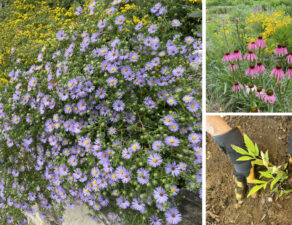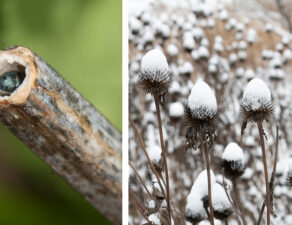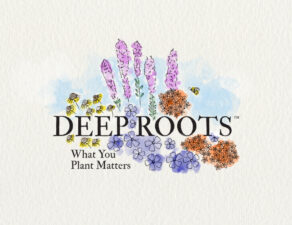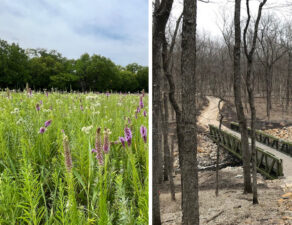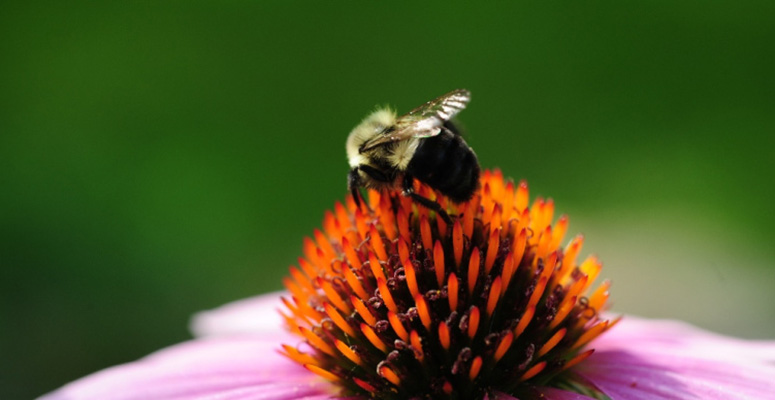
National Pollinator Week
June 17-23, 2019
What You Plant Matters for Pollinators! National Pollinator Week is a time to celebrate pollinators and spread the word about what you can do to protect them!
In 2007, the U.S. Senate’s unanimous approval and designation of a week in June as “National Pollinator Week” marked a necessary step toward addressing the urgent issue of declining pollinator populations. Pollinator Week has now grown into an international celebration of the valuable ecosystem services provided by bees, birds, butterflies, bats and beetles.
Pollinator Week was initiated and is managed by the Pollinator Partnership. The tips below on planting for pollinators was adapted from their website, with our addition of some further local resources to assist you.
PLANT FOR POLLINATORS
- Habitat opportunities abound on every landscape – from window boxes to acres of farms to corporate campuses to utility and roadside corridors – every site can be habitat.
- Utilize plants native to your area
- Utilize the BeeSmart Pollinator Gardener App or the Ecoregional Planting Guides. Decide among the plant material options – seeds, plugs, plants or a combination.
- Know your soil type and select appropriate plant material.
- Plant in clusters to create a “target’ for pollinators to find.
- Plant for continuous bloom throughout the growing season from spring to fall.
- Select a site that is removed from wind, has at least partial sun, and can provide water.
- Allow material from dead branches and logs remain as nesting sites; reduce mulch to allow patches of bare ground for ground-nesting bees to utilize; consider installing wood nesting blocks for wood-nesting natives.
- Use the Grow Native Resource Guide to find native plant retailers and other professionals in your area.
- Visit local retailer Colonial Gardens for three special free programs from Deep Roots’ Partners on June 19th (5pm and 6pm) and 22nd.
- Consider adding some of the plants from the GrowNative! Top 10 Lists for Pollinators to your garden or check out the Top 25 Plants to Support Native Bees in Kansas City.
- Missouri Landowners may wish to consult with their local MDC Private Lands Conservationist or Community Conservation Planner about how to add pollinator habitat.
In addition to providing pollinator habitat, the Pollinator Partnership recommends some further steps you can take to support vulnerable pollinator populations. These include, reduction or elimination of pesticide use, joining the Million Pollinator Garden Challenge, and contacting your elected officials to let them know that you are concerned about the health of pollinator populations.
Bee Buffer Project
Bee Friendly Farming
Bumblebee Watch
GrowNative!
Kansas Department of Wildlife, Parks and Tourism
Missouri Botanical Garden
Missouri Department of Conservation
Missourians for Monarchs
Monarch Joint Venture
Monarch Watch
US Fish and Wildlife Service
Xerces Society
